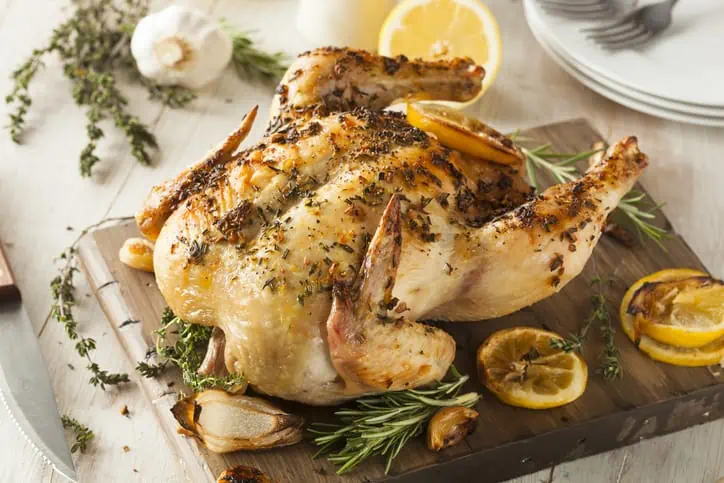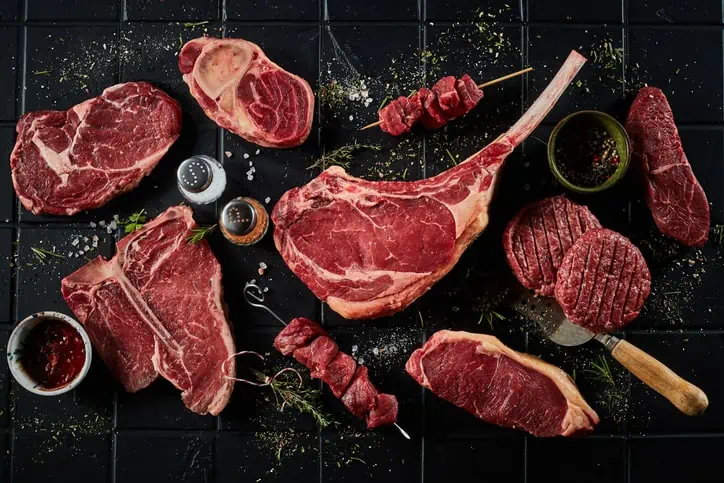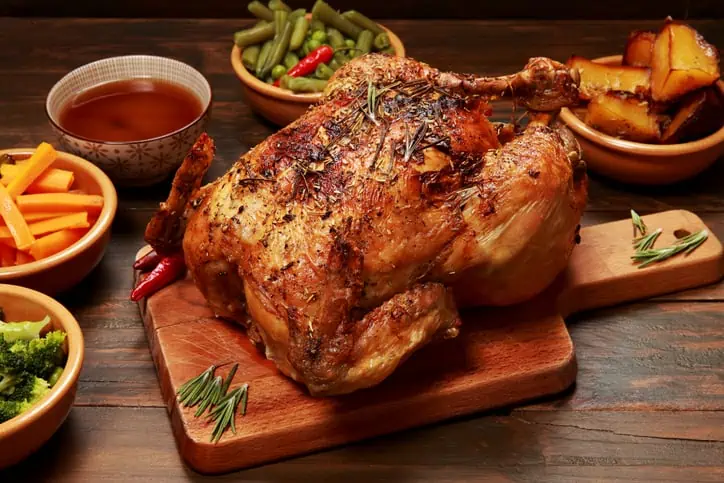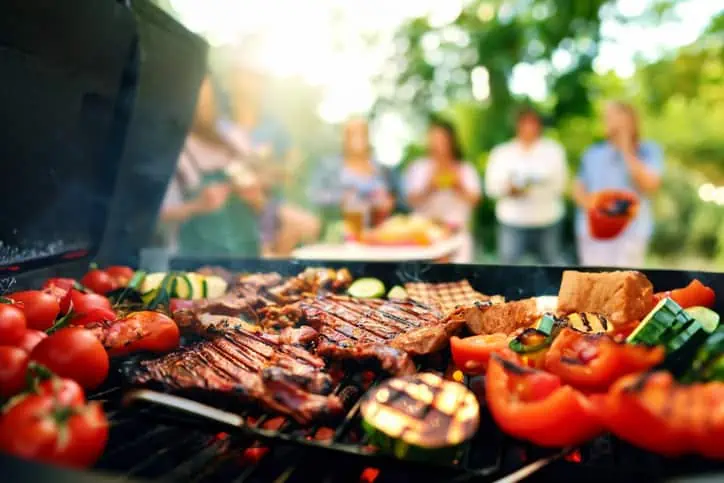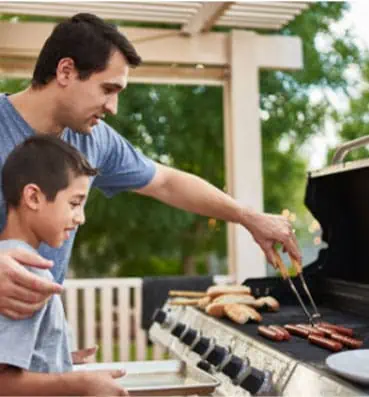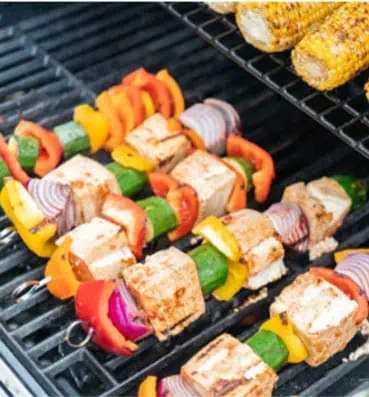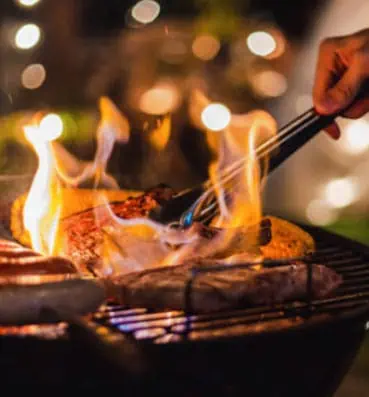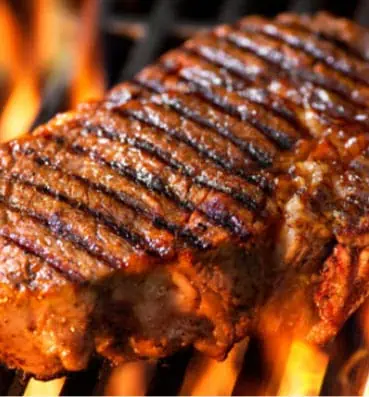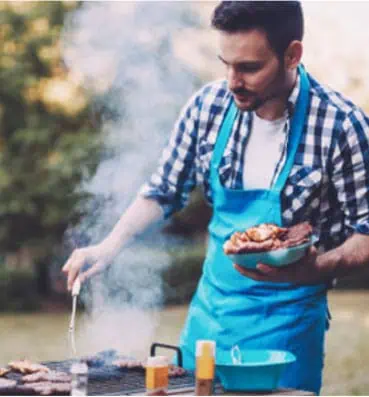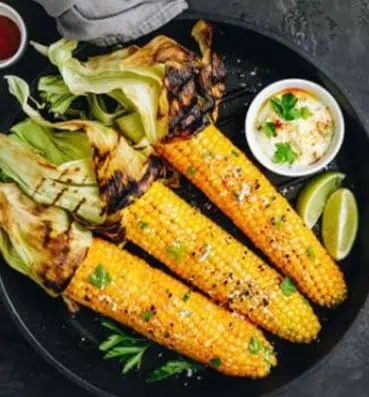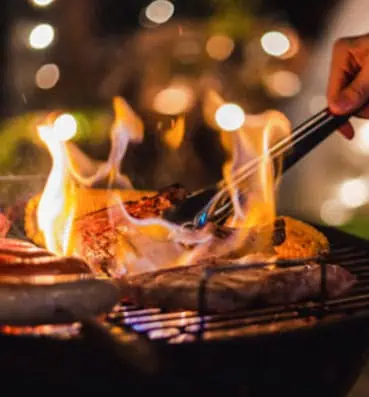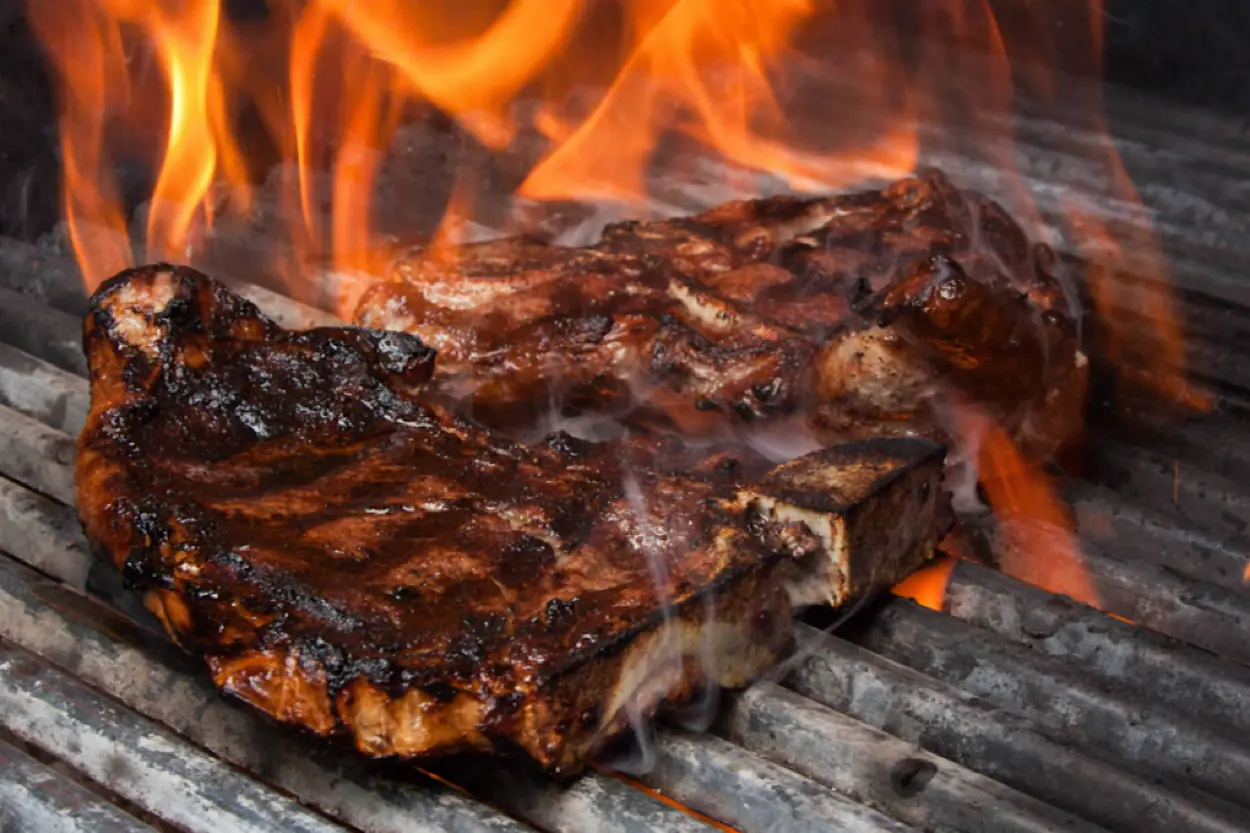
How To Have A Well-cooked Meat
Meat is a popular part of many dieting plans as its tasty and satisfying qualities provide an excellent source of protein and other vital nutrients. How you cook your meat really matters – be it from cows, lambs or pigs. There are three main areas that you can get well-cooked meat from: the shoulders & legs (shanks), the loin and ribs, and the back thighs & legs (haunches).
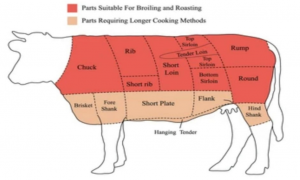
It is from these main cuts that we now get many smaller sections that vary in size and texture. So, if you want to use any meat part properly, as a cook, without wasting or ever feeling like you’ve ruined a decent chop, you can make it happen from here.
Cooking with Different Cuts of Meat
Before you can determine the ideal temperature for your meat, it is important that you know what kind of meat you’re about to prepare. Some meat parts tend to cook faster or slower which is why selecting the right cut for your cooking style is quite a delicate process.
Tender cuts of meat from the loin like ribeye, pork chops, tenderloin, and strip steak cook fast. They are suitable for your flavoring meat dishes that you wish to prepare over a shorter period. One interesting thing you could do with tender-region meat cuts is to sear the exterior over high temperature on a cast-iron pan/grill such that you cook it long enough to be safely eaten without losing much of the protein nutrients.
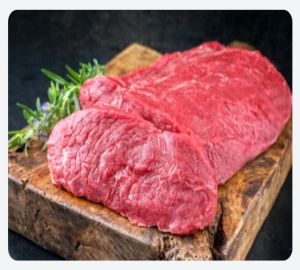
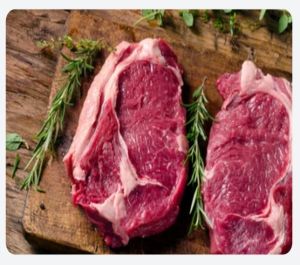
Searing the meat also enables a caramelized texture as a chemical change occurs when the protein touches the pan or fire. This process introduces all kinds of flavors to the tender meat which makes your meat more delicious.
Tougher cuts of meat, on the other hand, will taste dry and chewy if they aren’t cooked for a longer duration. We’re talking about cooking parts like beef chuck, pork shoulder, or round roast for 60 minutes or more.
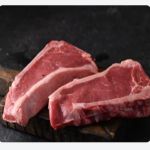
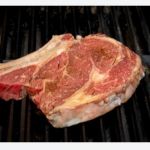
This type of meat is usually seared at first then kept moist in a slow cooker, soup, or stew. The cooking slowness may cause the meat to become quite tougher initially, but the connective tissues gradually break down over time as the cut gets tender and yummy.
More Emphasis on Searing!
Searing meat is completely about developing the flavor you need in any meat cut. The basic concept in searing involves subjecting the food to a higher temperature, not actually to cook all the way but until a dark brown, caramelized crust shows up. It’s a little harsher than that of browning which just lightly cooks the outside of the food. Any meat that you want to be tasty ought to be bravely and quite intensively seared such that you have a quality between browned and burnt. Some things you should consider when you want to sear include:
- Having the meat thoroughly dried. If there is too much moisture, the meat won’t get hot enough once it’s set on the pan. You may pat it dry with a clean dish towel to dry faster.
- Applying sufficient heat to the pan. This doesn’t necessarily mean setting your pan on blazing fire. A medium-high temperature sounds about right as you let the pan sit over the fire for a while until the heat evenly distributes.
- Cook the meat uninterruptedly. Once you place the meat into the pan, you should hear it sizzle otherwise remove it – the pan is not hot enough. You should leave the meat in the pan for a few minutes for the searing to start as it turns to darken and brown (it’s recommendable you time this process). Flip it when the meat seems caramelized – you shall notice a sudden smell from the meat at this point.
Suitable Temperatures for Various Meat
You cannot say your meat dish is well-cooked when it doesn’t taste right because of the excessive or inadequate cooking temperatures applied. There are different safe cooking temperatures that rely on the type of meat being prepared. So, here’s a quick rundown of appropriate heat levels you should use for the common types of meat.
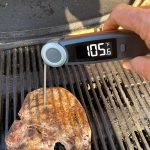
Beef: Ground meat such as beef used in meatballs, sausages, and burgers typically has a higher internal cooking temperature of 65℃ to 70℃ (145℉-160℉).
Poultry: This includes whole birds such as chicken, turkey, duck, goose, quail, and pheasant with a recommendable cooking temperature of 75℃ (165℉).
Lamb/mutton: These sheep meats are usually eaten unprocessed while some prefer theirs smoked or salted. Ground lamb and mutton should be cooked at 70℃ (160℉) and 65℃ (145℉), respectively.
Pork/ham: Fresh pork or ham should be heated at 65℃ (145℉). Except you are dealing with reheating a pre-cooked product, then you cook at 75℃ (165℃ )
Recipe:
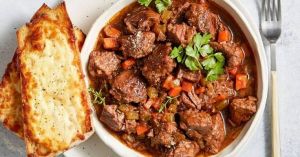
- to beef roast (shoulder, chuck, rump, or bottom round)
- cup of flour
- envelope brown gravy mix
- envelop onion soup mix
- cups of cold water
Procedure:
- Begin by putting 1 to 2 tablespoons of oil heated in the pan then cut the beef roast into smaller pieces of 3 or 4 chunks as you further coat them by sprinkling a cup of flour.
- After dredging, brown or sear all sides of the meat on the frying pan. You can add a little more oil if you’re using a non-stick pan.
- Transfer the seared meat into a slow cooker (4 or 5 quarts) and pour the grease (caramelized substance) into the pan. Try to scrape off any remaining bits on the pan into the cooker as well.
- In any suitable bowl, mix all together with the gravy, soup, and cold water. Stir until the mixture is properly blended. Turn in the entire mix into the slow cooker. If the beef roast isn’t very thick, set the meat on a rack to at least allow the surface to be above the liquid. It’s important that the meat is exposed to steam while cooking.
- Cover the pan and allow to cook for an hour under higher temperature then turn down the heat for the next 6 to 8 hours.
- Inspect that it’s properly done afterward. The meat should have an internal temperature of at least 65℃ (145℉).
In conclusion
Having well-cooked meat is just that straightforward – quite. You just have to be conversant with the type of meat you’re dealing with so that you prepare a delicious meat dish every time using the appropriate cuts of meat and cooking temperatures. Proper preparation of meat also reduces the chances of contracting foodborne illnesses and infections!
Discover more recipes and learn kitchen tricks by joining our cooking family on Facebook.
Shop now for products used in this post:
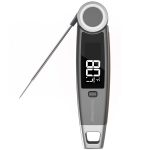
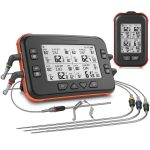

You may also like:
